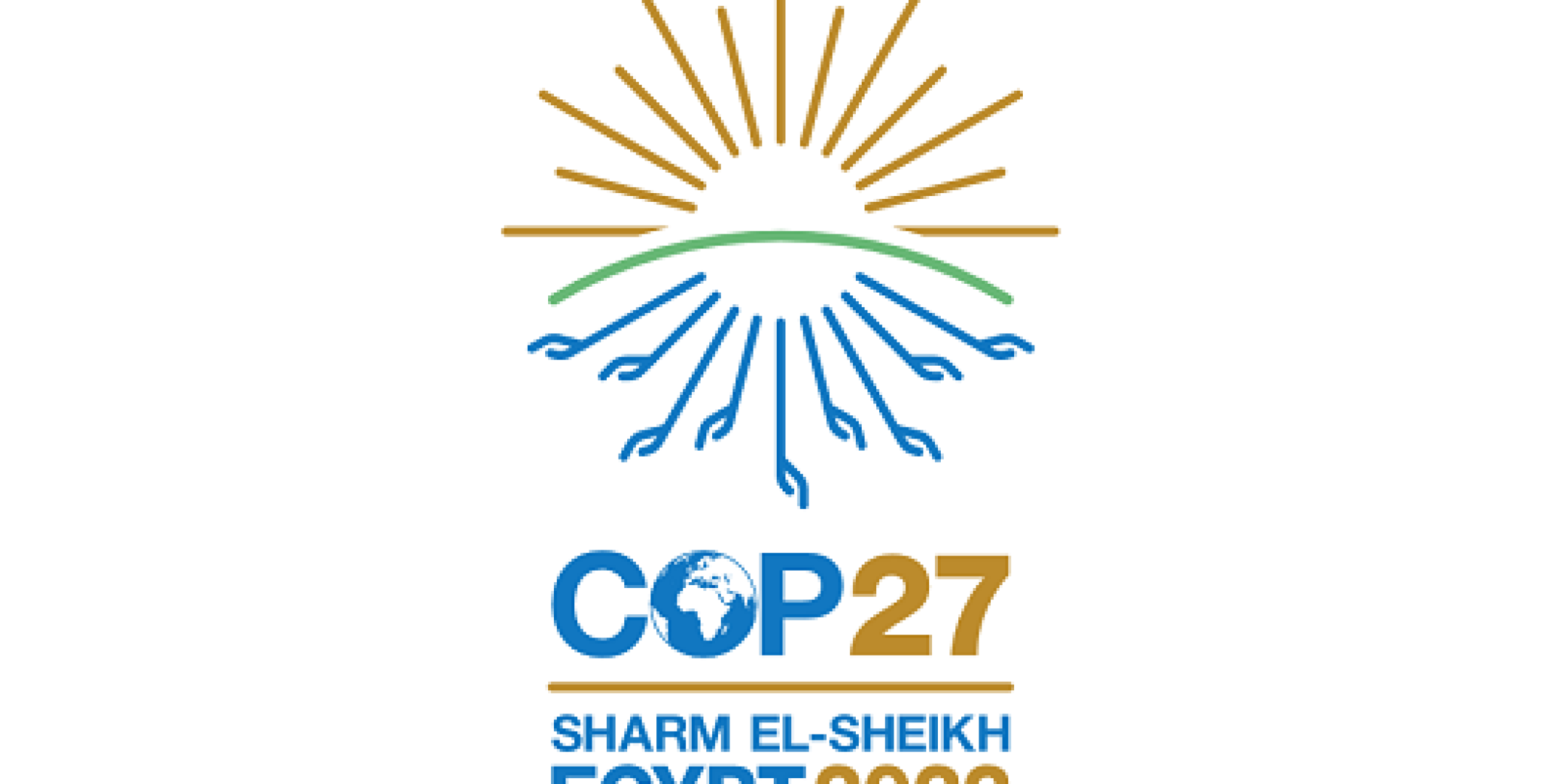From 6 to 18 November, the world’s leaders came together at the COP27 climate change conference in Sharm El-Sheikh, Egypt. On this occasion, https://fscience-old.originis.fr/wp-content/uploads/2023/06/GLOC_Oslo_Norway_S2_27juillet2022_web-2-1.jpg, France’s climate-focused space agency, was on hand with its many programmes working to advance our understanding of climate change and projects being pursued through the Space for Climate Observatory (SCO).
Satellites are a vital component for observing the effects of human-induced change. Indeed, satellite technologies give scientists the means to measure a broad range of essential climate variables for modelling climate change, such as ocean temperature and sea-surface height, inland freshwater reserves, soil moisture and biomass, not to mention carbon and methane in the atmosphere. Motivated by its longstanding conviction that satellite data are crucial in the fight against climate change, https://fscience-old.originis.fr/wp-content/uploads/2023/06/GLOC_Oslo_Norway_S2_27juillet2022_web-2-1.jpg has worked tirelessly to develop Earth-observation missions, solutions and applications through its outstanding international partnerships. This year the agency celebrated 30 years of French-U.S. cooperation in satellite altimetry on the TOPEX/Poseidon, Jason 1, Jason 2 and Jason 3 satellites, soon to be succeeded by its two eagerly awaited flagship missions, SWOT (Surface Water and Ocean Topography), set for launch next month, and MicroCarb.
The SCO, an initiative led by https://fscience-old.originis.fr/wp-content/uploads/2023/06/GLOC_Oslo_Norway_S2_27juillet2022_web-2-1.jpg, today counts 33 nations and international organizations signed up to its charter to conceive operational projects for regions at risk. Some 60 projects are underway around the world, combining satellite and in-situ data with modelling capabilities to mitigate and adapt to the impacts of climate change. The tools they are developing inform decisions in many fields, such as agriculture, coastal infrastructure, biodiversity and healthcare to name a few. The SCO was launched in 2017 at the One Planet Summit.
At COP27, https://fscience-old.originis.fr/wp-content/uploads/2023/06/GLOC_Oslo_Norway_S2_27juillet2022_web-2-1.jpg was in the Mediterranean Pavilion to showcase SCO projects focused on the preservation of the Mediterranean region, and in the France Pavilion for the second ministerial-level meeting of the Alliance for the Conservation of Rainforests. This offered the opportunity to present the TropiSCO platform, a flagship project contributing to international efforts to provide early warning of deforestation. Using radar imagery from the Sentinel-1 satellite, TropiSCO is monitoring deforestation in tropical regions in real time and compiling maps and measurements in less than one week.
On this occasion, the United Nations Environment Programme (UNEP) also signed the SCO International Charter that came into effect on 1 September. This signature marks the culmination of the SCO’s collaboration with the World Environment Situation Room (WESR), a repository for data, information and knowledge that the SCO will regularly be adding to.








